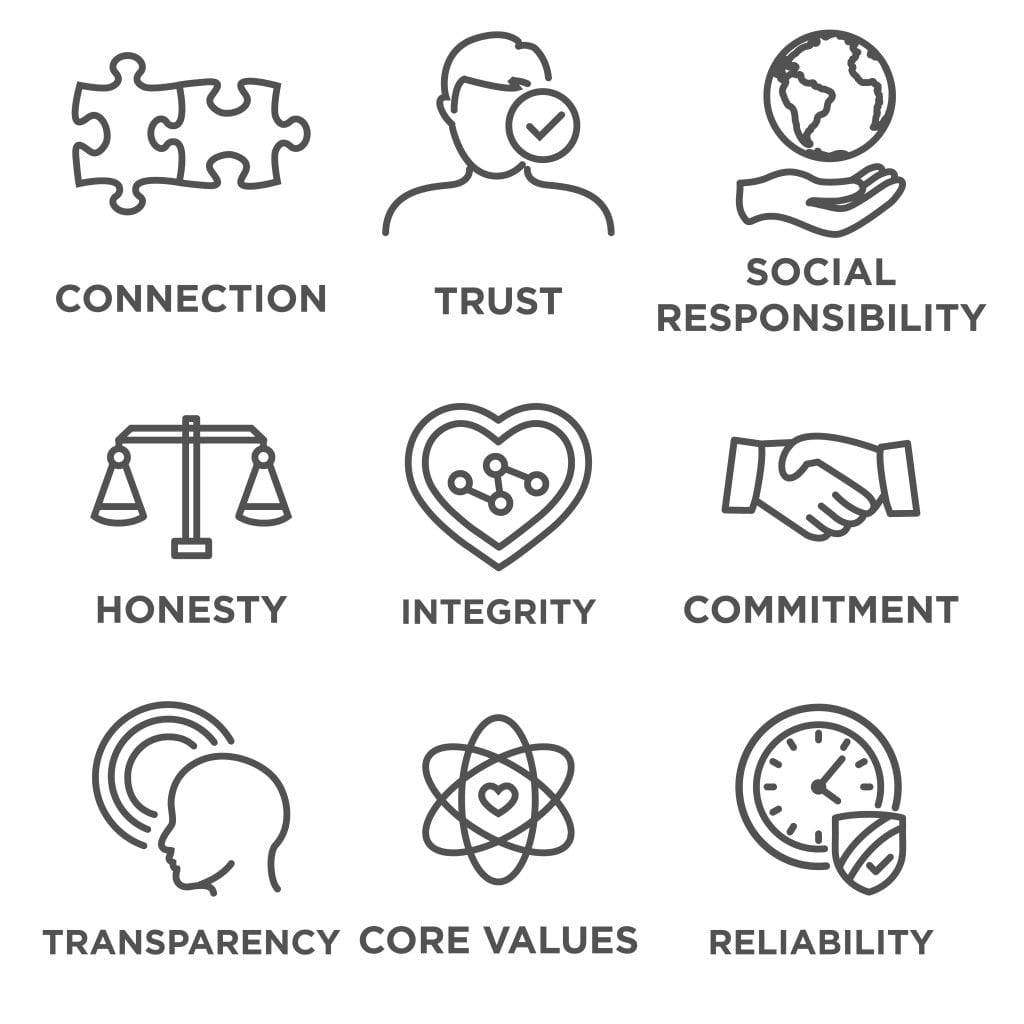Your cart is currently empty!
Is Your Autistic Child in College? Use These 5 Tips.
 Do you have a college student on the Autistic Spectrum? Want answers to your problems? Give your kid some responsibility.
Do you have a college student on the Autistic Spectrum? Want answers to your problems? Give your kid some responsibility.
Autism (ASD) is more prevalent in the United States than 10 years ago. The Centers for Disease Control (CDC) determined that 1 in 54 children are diagnosed each year. 31% of people with Autism have an intellectual disability. Characteristics of Autism affect these numbers.
- Sensory processing
- Social skills
- Executive functioning
- Academic vision
- Self-knowledge
Students with Autism don’t typically continue to college. It sounds like a sad story. The good news is that there are strategies to turn things around.
 Traveling back on the WayBack Machine…
Traveling back on the WayBack Machine…
Think back to a beautiful summer day. It starts in elementary school with an IEP (Individualized education program). Too bad, my kids with Autism are 3-5 years old. A classroom filled with kids on the spectrum..every one! The keys to success are IEP goals.
Fast forward to the fall and teenagers. Transition IEP. What changes? They are plans based on a high school student’s individual needs, skills, strengths, and interests. It`s used to identify, develop, and assist in meeting post-high school goals. It can include college, work, and adult-living skills.
Transition IEPs mark a formal change in special education responsibilities. Our kid takes over. Just make sure that we support them.
- Give them access to decision-making materials.
- Provide opportunities to steer life in a specific direction.
- Structure meetings that encourage more involvement.
- Support asking for help.
- Teach the meaning and impact of accommodations.
Ok, you have an IEP Transition Plan. What should you do next? Provide opportunities for independence in middle school and high school. Taking things slowly without arguments is a great idea. Give options, then decide which is best. A good strategy is to cross out the ones you don’t want. Remember…encourage them to base decisions on facts.
According to Autism Speaks, 50,000 Americans with Autism enter adulthood each year. ⅓ of them attend college.
- Less than 20% graduate in 4 years.
- Performance improves to 39%, 7 years out of high school.
- Student services help them to get accommodations and complete courses.
- Limited successes occur in spite of supports.
- Specific training for professors continues.
The good news is that research is helping to turn things around, Allowing students to lead in decision-making builds self-confidence. Together review their IEP for accuracy. Asking for help and accommodations should be done by the individual, not the teacher.
Remember, the “I” in IEP stands for individualized.
Would you consider letting a teen with Autism run an IEP meeting? Leave a comment.
Tags

EdieLovesMath empowers individuals with ADHD and Autism, their families, and professionals through a 4-step plan that builds confidence and success in reading, math, writing, and organization. As someone with a neurodiverse brain herself, Edie understands the challenges and triumphs of navigating learning differences firsthand. Join us. We’re here to guide your journey.
About Me ›
- Helping Neurodiverse Teens Transition to College: 5 Tips for Parents
- What is Neurodiversity? A Parent’s Perspective
- Creative Calm: Why Art Therapy Works for Teens and Young Adults with ADHD
- Getting Disability Accommodations in College: What Students and Parents Need to Know
- Neurodivergent Burnout: How to Recognize It and Tips to Recover
Leave a Reply